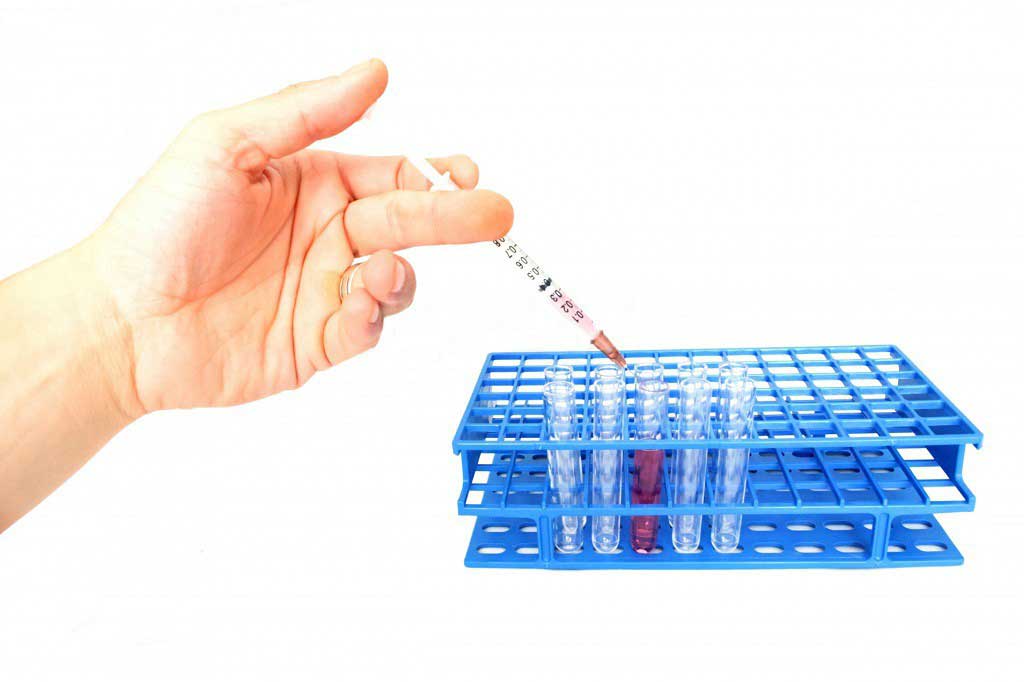Myocardial infarction
Diagnosis
If a heart attack is suspected, you should be admitted to hospital immediately. You will usually be admitted to an acute cardiac care unit (ACCU),or directly to the cardiac catheterisation unit, to confirm the diagnosis and begin treatment.
Electrocardiography
An electrocardiogram (ECG) is an important test in suspected heart attacks. It should be carried out within 10 minutes of being admitted to hospital.
An ECG measures the electrical activity of your heart. Every time your heart beats, it produces tiny electrical impulses. An ECG machine records these signals onto paper, allowing your doctor to see how well your heart is functioning.
An ECG is painless and takes about five minutes to perform. During the test, electrodes (flat metal discs) are attached to your arms, legs and chest. Wires from the electrodes are connected to the ECG machine, which records the electrical impulses.
An ECG is important because:
- it helps confirm the diagnosis of a heart attack
- it helps determine what type of heart attack you have had, which will help determine the most effective treatment
Types of heart attack
Heart attacks can be classified by a measurement from the ECG known as the ST segment. It corresponds to thearea of damage inflicted on the heart.
Acute coronary syndrome
A heart attack is a form of acute coronary syndrome (ACS), where there is a significant blockage in the coronary arteries.
There are three main types of ACS:
- ST segment elevation myocardial infarction (STEMI)
- non-ST segment elevation myocardial infarction (NSTEMI)
- unstable Angina
The three types are described in more detail below.
ST segment elevation myocardial infarction (STEMI)
A STEMI is the most serious type of heart attack, where there isa long interruption to the blood supply. Thisis caused by atotal blockage of the coronary artery, which can causeextensive damage to a large area of the heart.
A STEMI is what most people think of when they hear the term "heart attack".
Non-ST segment elevation myocardial infarction (NSTEMI)
An NSTEMI can be less serious than a STEMI. This is because the supply of blood to the heartmaybeonly partially, rather than completely, blocked.
As a result, a smaller section of the heartmay bedamaged. However, an NSTEMI is still regarded as a serious medical emergency. Without treatment, it can progress to serious heart damage or STEMI.
Unstable angina
Unstable angina is the least serious type of ACS. However, like NSTEMI, it is still regarded as a medical emergency as it can also progress to serious heart damage or STEMI.
In unstable angina, the blood supply to the heart is still seriously restricted, but there is no permanent damage, so the heart muscle is preserved.
Other tests
A number of other tests can be used to assess the state of your heart and check for related complications. However, because heart attacks are medical emergencies, sometests are usually only carried out once your initial treatment has begun and your condition has been stabilised.
Blood tests
Damage to your heartfrom a heart attack causes certain proteins to slowly leak into your blood. Enzymes are special proteins that help regulate chemical reactions that take place in your body.
If you have had a suspected heart attack, a sample of your blood will be taken so it can be tested for these heart proteins (known ascardiac markers).
The most common protein measurement is called cardiac troponin. Your troponin levels will be measured through a series of blood samples taken over the course of a few days.
This will allow damage to your heart to be assessed, and also help determine how well you are responding to treatment.
This can be useful to identify exactly which areas of the heart have been damaged and how this damage has affected your heart's function.
Coronary angiography
Coronary angiography can help determine whether a blockage or narrowing has occurred in the coronary arteries and, if so, to locate the exact location of the blockage or narrowing.
The test involves inserting a thin tube, known as a catheter, into one of the blood vessels in your groin or arm. The catheter is guided into your coronary arteries using X-rays.
A special fluid, known as a contrast agent, is pumped through the catheter. This fluid shows up on X-rays, and studying how it flows around and through your heart can help locate the site of any blockage or narrowing. This helps your cardiologist decide the best treatment for you.
Read our page on treating a heart attack for more information.
- Blood
- Blood supplies oxygen to the body and removes carbon dioxide. It is pumped around the body by the heart.
- ECG
- An ECG (electrocardiogram) is a test that measures electrical activity in the heart and is used to identify heart problems.
- Enzyme
- Enzymes are proteins that speed up and control chemical reactions, such as digestion, in the body.
- Heart
- The heart is a muscular organ that pumps blood around the body.
- Heart attack
- A heart attack happens when there is a blockage in one of the arteries in the heart.
- Inflammation
- Inflammation is the body's response to infection, irritation or injury, which causes redness, swelling, pain and sometimes a feeling of heat in the affected area.
- Kidney
- Kidneys are a pair of bean-shaped organs located at the back of the abdomen, which remove waste and extra fluid from the blood and pass them out of the body as urine.
- Liver
- The liver is the largest organ in the body. Its main jobs are to secrete bile (to help digestion), detoxify the blood and change food into energy.
Introduction
A heart attack (myocardial infarction or MI) is a serious medical emergency in which the supply of blood to the heart is suddenly blocked, usually by a blood clot.
Symptoms
Read about symptoms of a heart attacks, including chest pain, shortness of breath, feeling and being sick, and anxiety
Causes
Heart attacks are caused by the blood supply to the heart being suddenly interrupted, usually by a blood clot
Diagnosis
If a heart attack is suspected, you should be admitted to hospital immediately. You will usually be admitted to an acute cardiac care unit (ACCU) so the diagnosis can be confirmed and treatment begin.
Treatment
Read about treating a heart attacks, including an ST segment elevation myocardial infarction (STEMI)
Complications
Read about complications of a heart attack. Complications of a heart attack can vary widely, from mild to life threatening.
Recover from a heart attack
Read about recovering from a heart attack. Recovery can take several months, and it's very important not to rush your rehabilitation
Prevention
Making lifestyle changes is the most effective way to prevent having a heart attack (or having another heart attack).
Patient story: "I thought it would never happen to me again, but it did."
Mike Smith has had three heart attacks. As he nears 60 and enjoys life to the full, he explains how the attacks affected him.
Patient story: "My heart was racing ... the pain was awful."
After a heart attack Debbie Siddons was too scared to pick up her 18-month-old baby. Rehabilitation helped her move on.
Patient story: "I felt like I'd been kicked in the chest."
Following a heart attack, a quick diagnosis and emergency treatment saved Lynn Connors life.
Doctor - patient conversation
Doctor enquires about breathing because patients often exhibit respiratory issues to the point of passing out. Doctor immediately recommends an EcG. Through the EcG, one determine the positioning of the ischemia, the degree of heart muscle involved in the ischemia.
What is an infarct?
Infarct is an ischemic necrosis of the myocardis, which comes as a consequence of the acute insufficiency of the coronary arteries. This comes as a consequence of the obstruction of coronary muscle blood vessels by a thrombus.
What are the symptoms of myocardial infarction?
The most common symptom is chest pain or discomfort that may travel into the shoulder, arm, back, neck, or jaw. Often it is in the center or left side of the chest and lasts for more than a few minutes.
What are the complications that might occur?
Complications that might occur are: cardiogenic shock; progressive cardiogenic shock; septal rupture, rhythm disruptions; pericarditis, thromboembolism, left ventricle aneurysm.
What are the risk factors of myocardial infarction?
Some of the risk factors of myocardial infarction include: hypertonic disease, disruptions in the metabolism of lipids, obesity, inherited hypercholesterolemia, biliary problems, age (above 50 years old), etc.
How is myocardial infarction treated?
Pre-hospital treatment is very important, due to its crucial involvement in preserving and potentially saving the patient’s life. Aiding and transporting the patient to the hospital immediately hold primary importance in saving the patient’s life.







 Subscribe
Subscribe Ask the doctor
Ask the doctor Rate this article
Rate this article Find products
Find products